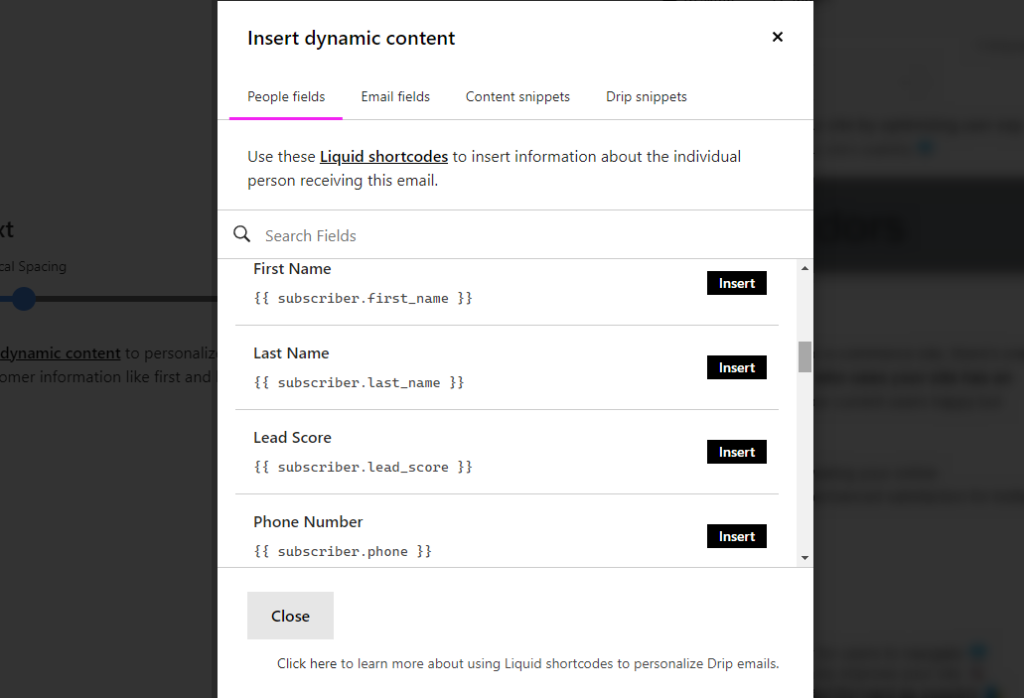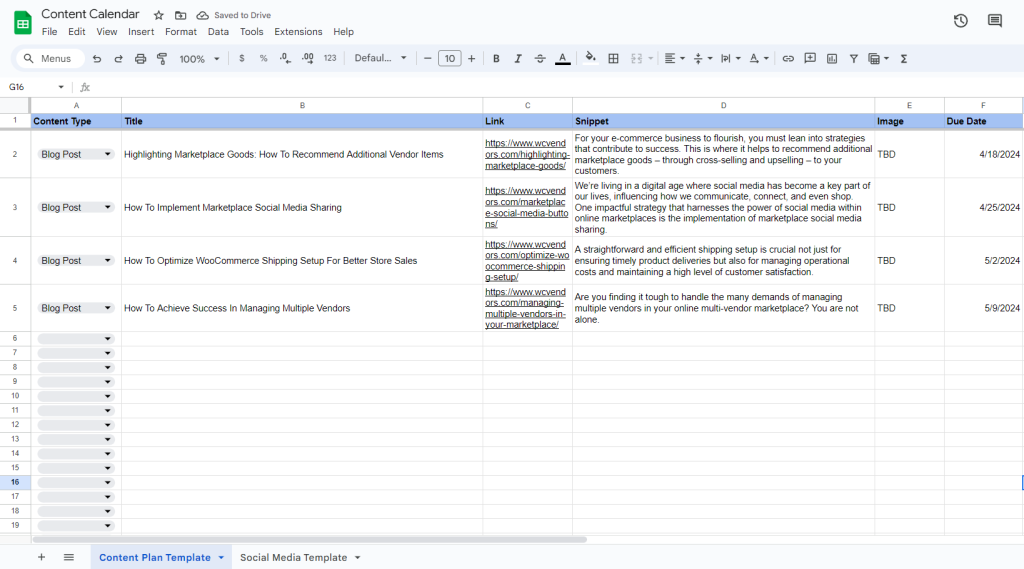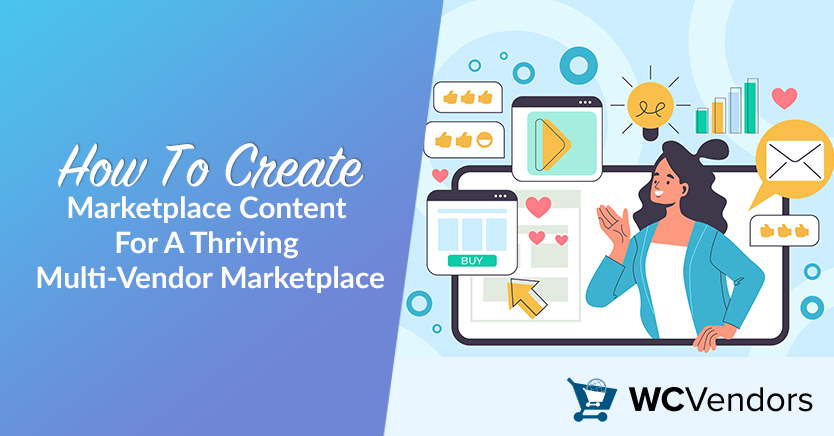
Quality marketplace content is the cornerstone of a thriving multi-vendor platform. Why is marketplace content so vital? It informs, engages, and builds trust with your audience.
Isn’t it amazing how well-crafted marketplace content can elevate the entire shopping experience? Effective marketplace content not only entices potential buyers but also encourages repeat purchases.
Curious to know more? Read on further!
Types Of Content That Drive Engagement
When it comes to marketplace content, variety matters. Well-crafted content draws potential buyers in, enriches their shopping experience, and encourages repeat purchases. Pretty cool, right?
Here’s a list of content types that can enhance your marketplace content:
- Product descriptions: Detailed and accurate descriptions that highlight features and benefits.
- Customer reviews: Authentic feedback from customers that builds trust.
- Blog posts: Articles offering insights, tips, and industry news.
- FAQs: Frequently asked questions to address common customer queries.
- Buying guides: Comprehensive guidelines to help users make informed purchasing decisions.
- How-to videos: Visual tutorials that demonstrate product usage.
- Infographics: Engaging visual content that breaks down complex information.
- Social media posts: Regular updates and engagement with your audience on various platforms.
- Email newsletters: Personalized updates and promotions delivered directly to subscribers.
Each of these content types plays an important role in crafting a compelling marketplace content strategy. Therefore, to make the most out of these content types, it’s essential to follow some best practices for content creation.
Next, let’s explore the key strategies to ensure your content stands out.
Best Practices For Marketplace Content Creation

Crafting effective marketplace content requires a balance of creativity and strategy. Additionally, to connect with your audience and keep them interested, it’s important to follow some simple best practices. Consequently, these will make sure your content is clear and attractive.
Here are some key best practices for creating captivating marketplace content:
- Know your audience and understand their needs.
- Use straightforward language while maintaining a professional tone.
- Incorporate visual elements like high-quality images and videos to enhance textual content.
- Pay attention to spelling and grammar to uphold professionalism.
- Utilize SEO techniques to improve search engine visibility.
- Ensure your content is mobile-friendly and easily accessible.
- Regularly update your content to keep it fresh and relevant.
- Encourage user-generated content to build a sense of community.
- Use persuasive calls to action to drive conversions.
By following these, you’ll be well-equipped to craft content that captivates your audience. Now, let’s explore the SEO strategies that will take your marketplace content to the next level.
Read on further!
SEO Strategies For Marketplace Content
Optimizing marketplace content for search engines is essential. By following some strategic steps, you can ensure your marketplace climbs up the search results.
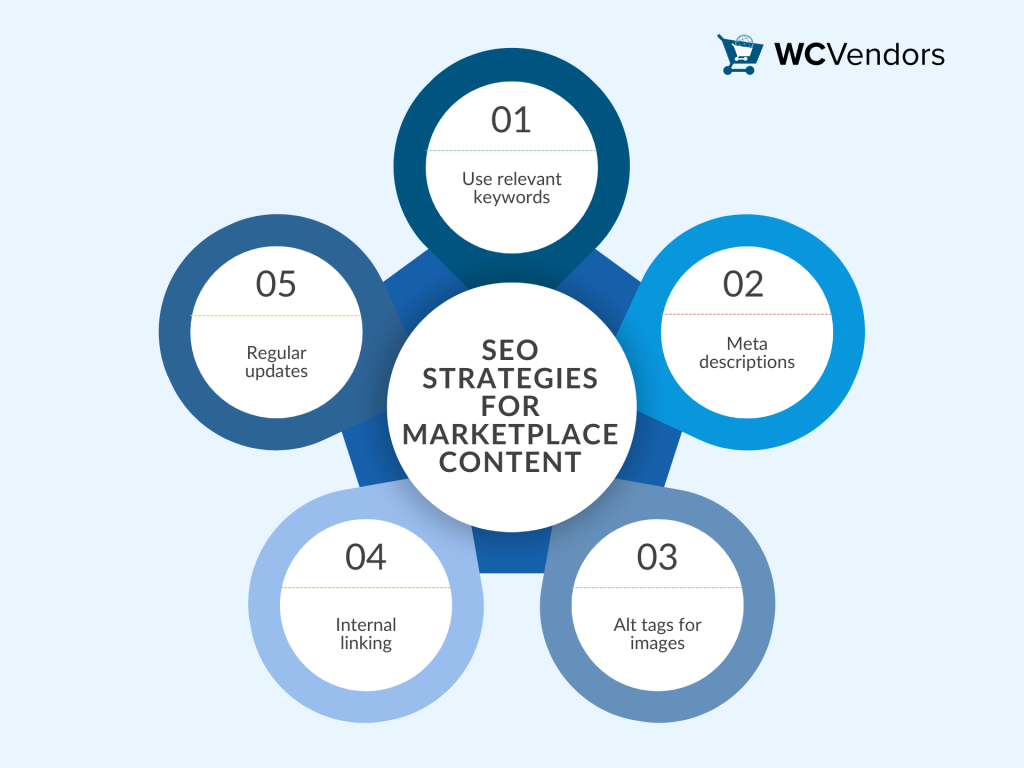
Here are some key SEO strategies to implement:
- Use relevant keywords: Incorporate keywords naturally throughout your content to enhance search engine visibility. Tools like AISEO can help identify the best keywords for your niche.
- Meta descriptions: Write compelling meta descriptions that provide a brief overview of the content and include the main keywords.
- Alt tags for images: Add descriptive alt tags to your images to improve SEO and make your content more accessible.
- Internal linking: Link to other relevant pages within your marketplace to improve navigation and keep visitors engaged.
- Regular updates: Keep your content updated with fresh information and trends to maintain relevance and improve search rankings.
Isn’t it satisfying to see your marketplace climbing up the search results? By consistently applying these strategies, you’ll create content that not only appeals to your audience but also ranks well in search engines.
Now that we’ve covered SEO, let’s explore how to make your content even more engaging with content personalization techniques.
Content Personalization Techniques
Firstly, personalized marketplace content can greatly improve the user experience. Additionally, it makes your audience feel valued and understood. By tailoring content to individual preferences, you furthermore make the experience more engaging and relevant.
For example, recommending products based on browsing history can turn occasional visitors into loyal customers. Imagine showing users items that match their past interests!
Also, using personalization tokens like the customer’s name in emails creates a sense of connection. Have you ever felt special after receiving personalized recommendations or seeing your name in an email? That personal touch really boosts customer satisfaction and loyalty.
This approach not only increases sales but also builds long-term customer relationships. To make your content even more engaging, consider integrating multimedia elements.
Let’s explore the power of multimedia!
Integrating Multimedia Elements
Incorporating multimedia elements can make your marketplace content more engaging. Therefore, use high-quality images, videos, and infographics to enrich textual content.
Here are some examples of how to make your visuals more attractive and useful:
- Product images: Show multiple angles and close-ups. For instance, a clothing item can be displayed from the front, back, and a detailed shot of the fabric.
- Product videos: Create short videos demonstrating how to use your product. For example, a kitchen gadget video can show how it simplifies cooking tasks.
- Infographics: Design infographics to explain product benefits. For instance, a skincare brand can use infographics to show the steps of a skincare routine and the effects of each product.

By integrating these multimedia elements, your content becomes more inviting and informative. Furthermore, to ensure your efforts are effective, it’s important to measure content performance.
Want to know how well your content is doing and how to make it even better? Read on further!
Measuring Content Performance
To make sure your marketplace content works well, you need to regularly check how it’s doing. Therefore, use analytics tools to track important numbers like page views, time on page, and conversion rates. By understanding what’s working and what’s not, you can consequently improve your strategy.
Key numbers to watch:
- Page views: This shows how many times people have looked at your content. More views mean it’s popular.
- Time on page: This shows how long visitors stay on your page. More time means your content is interesting and useful.
- Conversion rates: This checks how many visitors do what you want (like buy something or sign up for a newsletter). Higher rates mean your content is effective.
Ever thought about why data matters in content creation? Also regularly checking these numbers ensures your content always meets user needs.
Recommended tools:
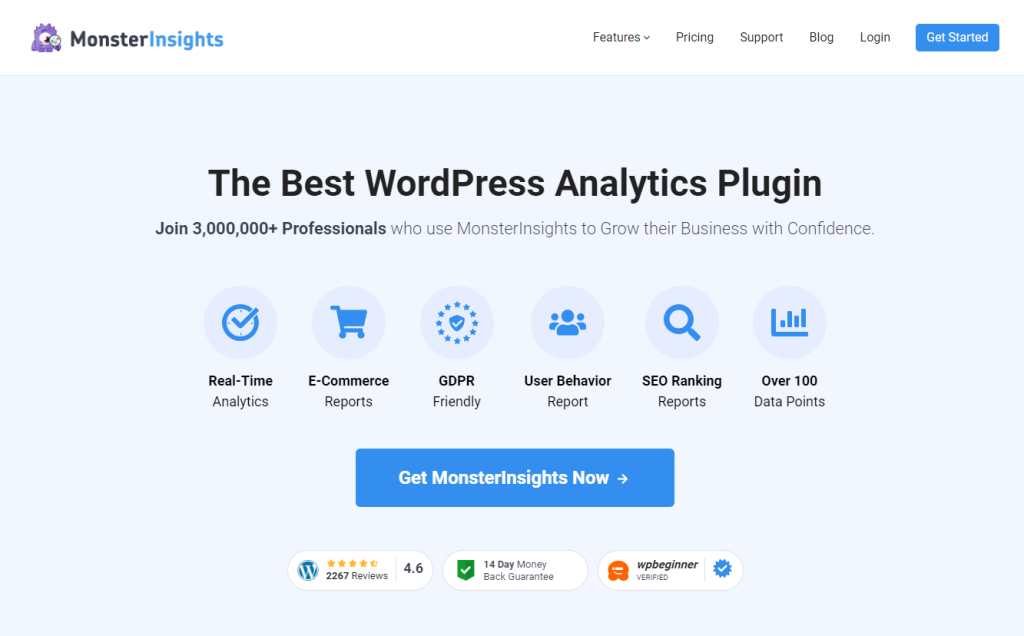
- Google Analytics: Google Analytics is a free and powerful tool that gives detailed insights into your website traffic. Specifically, it tracks page views, time on page, and more. Additionally, you can easily connect it to WordPress with plugins like MonsterInsights.
- Hotjar: Hotjar provides heatmaps, session recordings, and feedback polls. These also help you see how visitors behave and find areas for improvement. It integrates easily with WordPress through its plugin.
- Yoast SEO: Yoast SEO mainly helps with search engine optimization, but it also offers useful readability stats and SEO analysis for your content. This ensures your content is easy to find and understand.
- SEMrush: SEMrush is a complete marketing tool that offers content analysis, keyword tracking, and competitor research. It can be integrated with WordPress to make content optimization easier.
Benefits of measuring Content Performance:
- Identify popular content: Learn which content is doing well so you can create more of what your audience likes.
- Optimize underperforming content: Find out what isn’t working and make changes to improve it.
- Data-driven decisions: Make smart choices based on data, not guesswork, to ensure your strategy is effective.
Regularly checking these numbers makes sure your content is always meeting your audience’s needs. When you know what works, you can plan future content better. Now, let’s look at content planning and calendar creation.
Content Planning And Calendar Creation
A well-organized content calendar can, first and foremost, make your marketplace content more consistent. By planning for seasonal trends, promotions, and new product launches ahead of time, you additionally keep your content creation on track.
Think of a content calendar as a roadmap. It guides your efforts and makes sure nothing gets missed. It also helps the team work better together by clearly showing tasks, deadlines, and responsibilities. This reduces missed opportunities and makes team coordination smoother.
Planning your content strategically ensures it aligns with your business goals. For example, if you want to boost holiday sales, you can schedule content to highlight holiday deals in advance. Or, for a new product launch, you can plan blog posts, social media updates, and also email campaigns to keep everything in sync and on time.
A content calendar also keeps a record of past activities, letting you review and improve your strategy based on what worked and what didn’t. This way, you can keep making your content better.
Conclusion
Improving your multi-vendor marketplace with quality content is key to boosting engagement and increasing sales. Moreover, by focusing on content and using personalization techniques, you can provide a better user experience.
Platforms like WC Vendors offer strong features that help with content creation and optimization, also making the process easier and more efficient. This is a significant advantage.
Creating high-quality, engaging content is crucial for the success of your marketplace.
In summary, successful marketplace content improvement includes:
- Best practices for content creation
- SEO strategies for marketplace content
- Content personalization techniques
- Integrating multimedia elements
- Measuring content performance
- Content planning and calendar creation
We’re here to help you succeed. If you have any questions or need further assistance, feel free to reach out to us. We’d love to hear from you!
